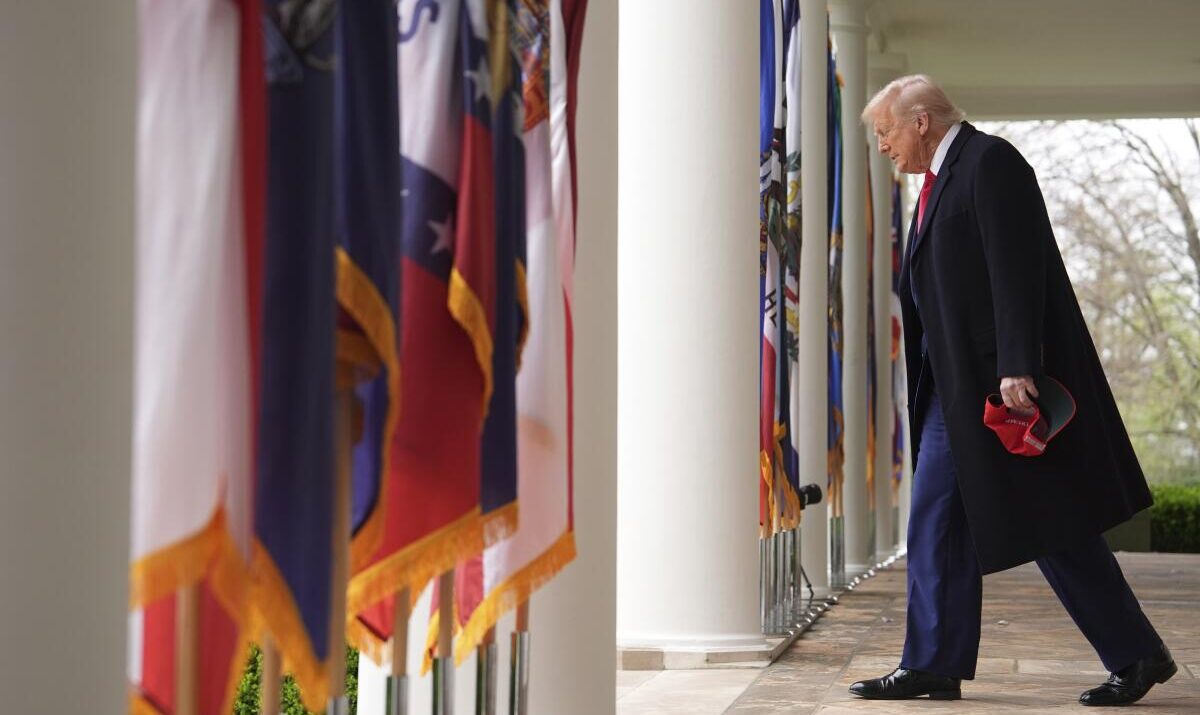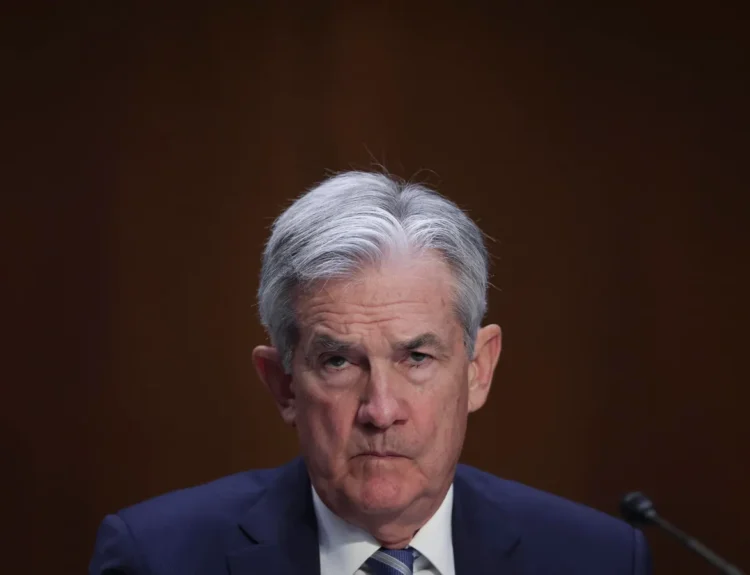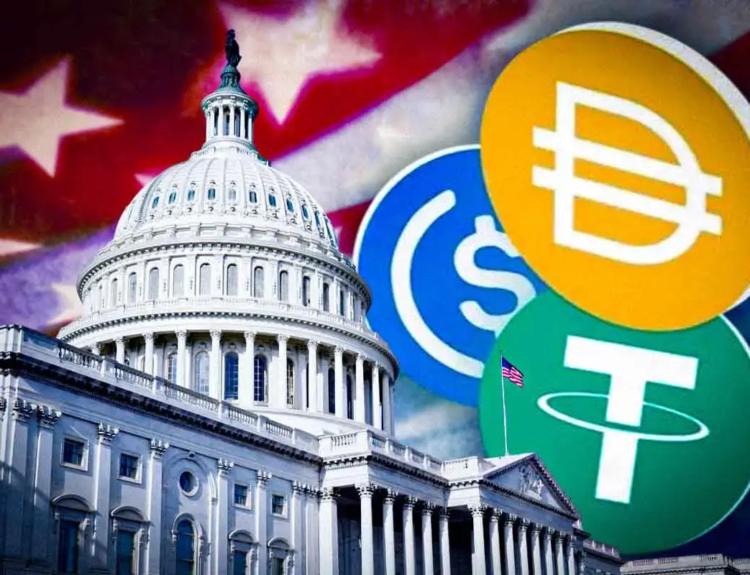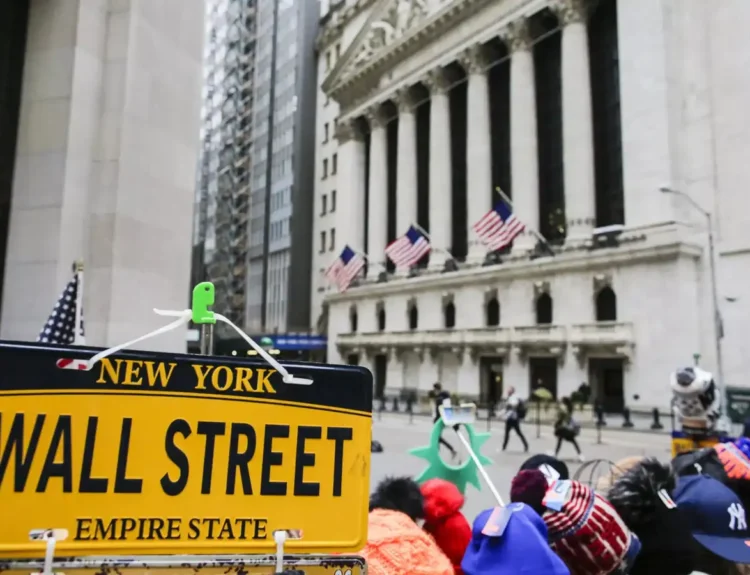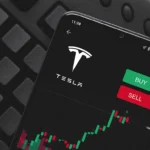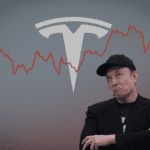On Wednesday, the White House released a 28-page Artificial Intelligence Action Plan, a sweeping initiative aimed at solidifying US global dominance in AI technology. President Trump is expected to sign three executive orders this afternoon, coinciding with a major event titled “Winning the AI Race” in Washington D.C., hosted by the All-In Podcast and Hill & Valley Forum.
The plan emphasizes:
- Slashing red tape for data center construction, semiconductor manufacturing, and AI infrastructure.
- Federal contracts to favor “ideologically neutral” AI — targeting political bias in large language models (LLMs).
- Exporting “full stack” AI packages — software, hardware, and models — to allied nations to make US tech the global standard.
- Accelerating investment into AI hubs like Pennsylvania, which recently received over $90 billion in private-sector pledges.
“It’s a global competition now to lead in artificial intelligence… and we want the United States to win that race,” said AI Czar David Sacks.
This announcement builds on Trump’s Stargate Project — a $500 billion public-private AI infrastructure initiative involving OpenAI’s Sam Altman, Oracle’s Larry Ellison, and SoftBank’s Masayoshi Son.
However, civil society groups, labor unions, and academics have criticized the plan, arguing it sacrifices safety and public accountability in favor of unchecked corporate interests. A coalition led by the AI Now Institute and the Writers Guild of America East is promoting a counter-initiative: The People’s Action Plan.
15% Tariff Deal with EU Nears as Trade Talks Accelerate
Meanwhile, behind closed doors, Trump administration officials and EU diplomats are finalizing a 15% baseline tariff deal on EU goods — a compromise meant to replace Trump’s threatened blanket 30% tariffs scheduled for August 1.
According to the Financial Times and Reuters, the deal would:
- Waive tariffs on key sectors such as aircraft, medical devices, and spirits.
- Mirror terms of the recent Japan agreement, in which Tokyo agreed to:
- Boost US rice imports by 75%.
- Spend $8B more on US agricultural and industrial goods.
- Increase annual defense spending with US firms to $17B (from $14B).
“The Japan deal could be a model for an EU trade deal,” said US Commerce Secretary Howard Lutnick.
However, EU officials are keeping a backup plan ready: a retaliatory €93 billion ($109B) tariff package, combining two pre-drafted lists of US goods. These would target everything from bourbon whiskey to Boeing jets if no deal is reached by next week.
The EU’s mood is hardening, with France pushing to immediately trigger the Anti-Coercion Instrument — the bloc’s so-called economic “nuclear option.” Germany, more cautious, is reportedly preparing measures behind the scenes.
“There is a sense the bloc has fumbled its hand… The EU should have retaliated sooner,” said Tobias Gehrke of the European Council on Foreign Relations.
Trade War Flashpoints: Rare Earths and China
Peter Navarro, Trump’s trade adviser, warned today that the US is seeking rare earth supply routes outside China, underscoring ongoing strategic tensions.
At the same time, Trump reiterated his trade stance:
“I will always give up Tariff points if I can get major countries to OPEN THEIR MARKETS TO THE USA… ALWAYS, ZERO TARIFFS TO AMERICA!!!”

What’s Next?
- Trump is expected to formally unveil his AI executive orders this evening.
- A final US-EU tariff compromise could be announced within days.
- Brussels will vote on the €93B retaliation plan in the coming week.
- A China-EU summit on Thursday may further complicate trade and AI dynamics.
Market Implications:
- AI stocks and data infrastructure providers may surge on deregulation and federal procurement reforms.
- Defense, agri-tech, and US software exporters to Japan and the EU stand to benefit.
- European auto stocks and US whiskey producers remain at risk if a deal collapses.
- Rare earth miners outside China, such as MP Materials, may attract fresh investor attention.
Disclosure: This article does not represent investment advice. The content and materials featured on this page are for educational purposes only.
Related:
Trump’s Tariffs Are Hitting US Companies Hard — and Consumers Is Next
BYD Global EV Price War Reshapes Auto Markets, but at a Cost
Wall Street Is Stubbornly Bullish on Downtrodden Energy Stocks
As the Dollar Slides, the Euro Is Picking Up Speed
Indian Bank Stocks Surge as Earnings Beat Estimates
The 60/40 Portfolio Under the Microscope: 150 Years of Market Stress‑Testing
Trump To Open 401k Market To Crypto, Gold, And Private Equity
93.5 % Battery Material Tariff by US: 5 Stocks Poised to Benefit Most From It
How Nvidia Jensen Huang Persuaded Trump to Sell AI Chips to China
Stocks Inch Up as Trump Softens Tariff Talk; CPI and Bank Earnings Ahead


